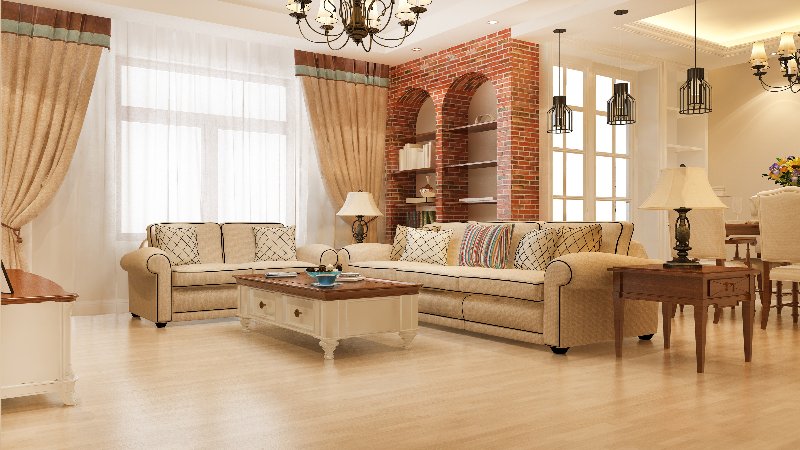Often, we perceive home design as a personal preference. People often view color palettes, furniture selections, and layout decisions as aesthetic choices. However, the design of your home can profoundly influence your emotions, your daily activities, and your interpersonal relationships. It is not just about style. It’s focused on overall well-being.
Home is more than four walls—it’s where life happens. It is a space where your nervous system recalibrates, where your emotions settle, and where your habits take root. When design supports these processes, life feels smoother. When it clashes with them, stress builds quietly.
The Psychology of Space
Every room in your home sends a message. Open layouts can encourage movement and interaction, while cramped corners may trigger tension or fatigue. Natural light increases serotonin and supports healthy sleep patterns. Cluttered surfaces can increase anxiety, while clean lines and thoughtful organization promote calm.
Design affects behavior, too. A cozy reading nook might inspire more downtime. A well-placed kitchen island can spark family conversations. Even the placement of your desk can influence productivity and focus. These small details add up, shaping your daily experience in ways you may not consciously notice.
Color, Texture, and Emotional Tone
Color psychology is not just for branding. It plays a powerful role in how we feel at home. Soft blues and greens tend to soothe. Warm neutrals create a sense of safety. Bold reds or yellows can energize but may also overwhelm if used excessively.
Textures are important too. Natural materials like wood, linen, and stone offer tactile comfort and visual warmth. Synthetic surfaces may feel sterile or impersonal. The emotional tone of a space is created through these layers. When chosen with care, they can make your home feel like a sanctuary.
Designing for Flow and Function
Well-being thrives in environments that support flow. This means designing spaces that match your lifestyle and reduce friction. If you love to cook, your kitchen should be intuitive and inviting. Your workspace should reduce distractions and encourage concentration if you work from home.
Storage is essential. Having a place for everything allows your mind to relax. You are not constantly scanning for lost items or navigating clutter. This sense of order contributes to emotional stability and mental clarity.
In cities like Melbourne, where design innovation meets lifestyle diversity, many architects and builders are rethinking traditional layouts. Home designs in Melbourne often prioritize natural light, indoor-outdoor integration, and flexible spaces that adapt to changing needs. These choices reflect a growing awareness of how design influences well-being.
Connection and Community Within the Home
Your home is also a social space. It shapes how you connect with family, friends, and even yourself. A welcoming entryway sets the tone for hospitality. Shared spaces like living rooms and dining areas foster togetherness. Private zones offer retreat and reflection.
Design can support these dynamics. Thoughtful lighting, comfortable seating, and intentional layout choices help create environments where people feel seen and supported. When your home encourages connection, it becomes a place of emotional nourishment.
Your Home as a Mirror
Ultimately, your home reflects your values, your rhythms, and your aspirations. When it is designed with intention, it becomes a mirror of your inner world. It supports your goals, soothes your stress, and celebrates your identity.
This is why design is important. It’s not only about appearance; it’s about how it feels. Whether you are renovating, building, or simply rearranging, consider how each choice affects your well-being. Every detail, from your wall color to your floor plan, can uplift or deplete.
In a fast-paced world, your home can be a grounding force. And when it is designed with care, it becomes more than a place to live. It becomes a place to thrive.
